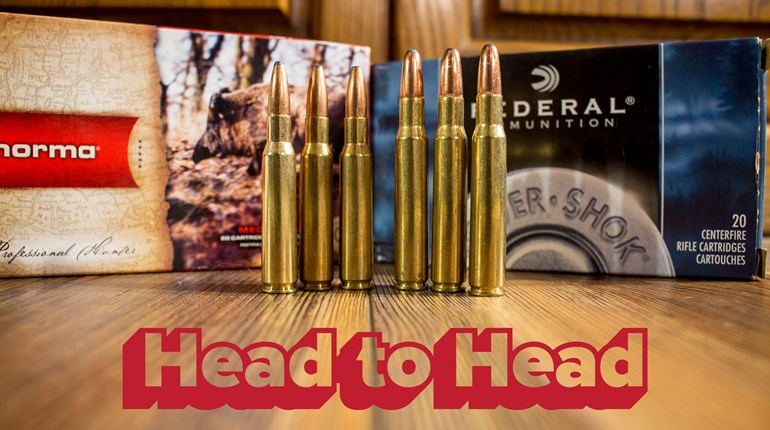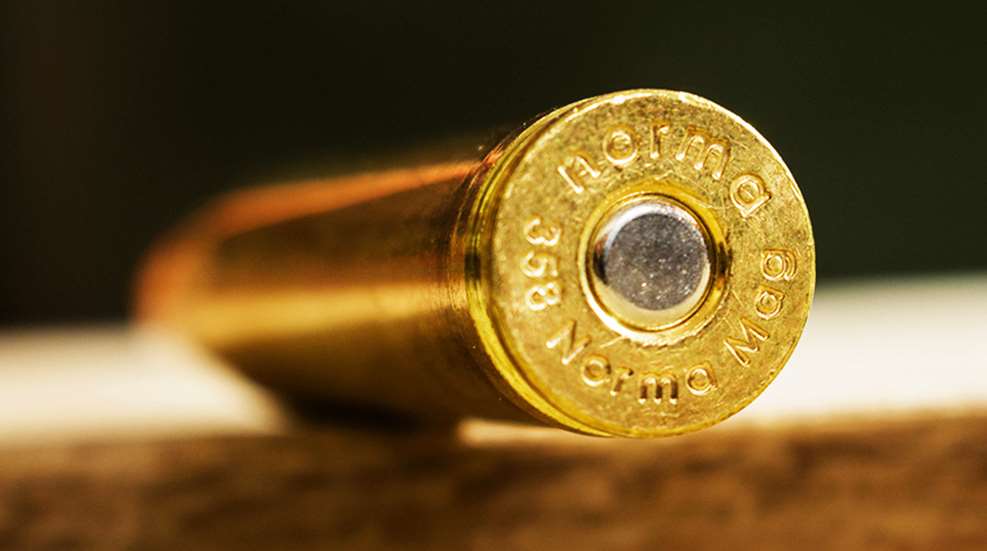
We owe a debt of gratitude to the engineers at the British firm of Holland & Holland; though it is lost to history who exactly designed the belted magnum cartridge, the .275 and .375 Holland & Holland Magnums were game changers. The experimentation with the H&H cases, first by Weatherby and later by Winchester and Remington, certainly changed the way we hunted and made our purchases; magnum mania definitely took root.
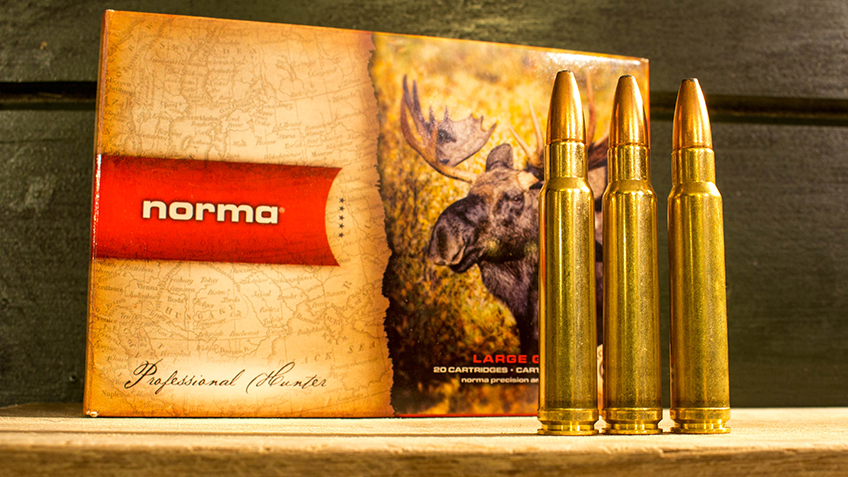
Winchester introduced its initial trio of belted magnums in the mid-1950s—the .458 Winchester Magnum, .338 Winchester Magnum and .264 Winchester Magnum—and all were designed for the long-action receiver, using a case length equal or similar to the .30-06 Springfield. Shorter and more common than the magnum-length receiver needed for the .375 and .300 Holland & Holland Magnum, the Winchester Model 70s and Remington Model 721s gave a new level of performance when chambered for the new magnums.
Shortening the 2.85-inches long .375 H&H case wasn’t exactly a revolutionary idea—that little-known .275 H&H so closely resembles the design of the half-century younger 7mm Remington Magnum that it’s uncanny—but with the Winchester marketing machine the concept was brought to the forefront.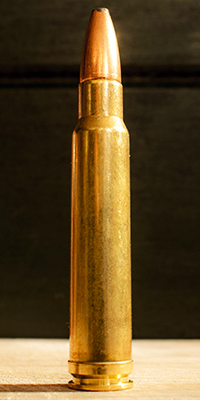
The Swedish firm of A.B. Norma Projektilfabrik answered Winchester’s designs with a pair of their own: the .308 Norma Magnum and its slightly older brother, the .358 Norma Magnum. Nils Kvale—one of the chief designers at Norma—had experimented with a shortened .300 H&H case, necked to hold 8mm bullets, with the rim turned down to match the 8x57 rim diameter. Heeding the advice of American friends, Kvale worked on what would become the .358 Norma Magnum. Released in 1959—though there were no factory chambered rifles or factory loaded ammunition available for the new cartridge—Norma offered chamber reamers and new component brass for its new brainchild. Essentially the .338 Winchester Magnum necked up to hold .358-inch bullets, the .358 Norma Magnum made all sorts of sense to a hunter in pursuit of large game, such as elk, moose and the great bears of the north.
Like most of the children of the Holland & Holland parents, the .358 Norma uses its shoulder for headspacing, rather than the belt, as do the .375 and .300 H&H. The 25-degree, 30-minute shoulder gives plenty of room for powder, and though the neck of the .358 Norma measures less than the desired one-caliber—it comes in at 0.328-inch—there is plenty of neck tension to hold the bullets in place without the need for crimping.
The big case certainly made its reputation with the 250-grain bullets, as their sectional density gives excellent penetration on even the heavy-boned animals, and the .358 Norma can push them to a muzzle velocity of 2750 fps. Norma loads their 250-grain Oryx bullet to this velocity, and as the rear portion of the bullet is bonded, it will give an excellent blend of expansion and penetration. And, as any fan of the .35-caliber cartridges knows, there are quite a few bullet weights to choose from within the caliber. DoubleTap loads the 180-grain Barnes TTSX bullet at 3100 fps, and the 225-grain Swift A-Frame at 3000 fps, giving options to the hunter who wants the most versatility from their big-game rifle.
There weren’t many factory .358 Norma Magnum rifles made—most were Husqvarnas or Schultz & Larsens—but many American gunsmiths converted the Mauser 98, Springfield 03-A3 and the like to the big .35, as it made an absolutely perfect choice for those headed north to Alaska. However, Winchester’s .338 Magnum proved to be the darling of not only those bound for the 49th state, but for those hunting elk and moose at lower latitudes. The rivalry between the .338-inch and .358-inch bore diameters has a considerable history; both topped out at 300 grains (at one point in time in history), and both have a lower end of 180 grains. The .338-inch fans cite the advantage of the higher sectional density figures, while the .358-inch camp favors the better frontal diameter of the larger bore. While I generally prefer the former over the latter, I think that both choices are effective. Had the .358 Norma Magnum been chambered in an American rifle, or at least promoted by an American company, the popularity of the cartridge may have been much greater than it is. As it stands, it is most certainly on the edge of becoming obsolete.
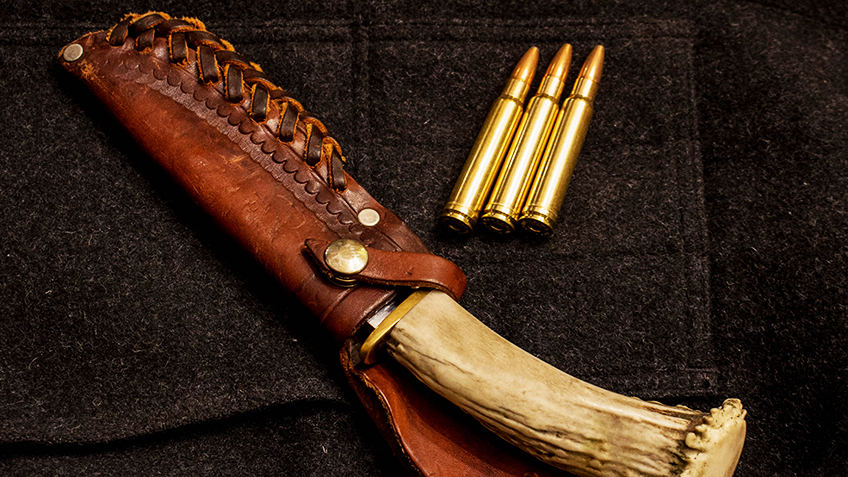
Where does the .358 Norma sit, in comparison to the more popular cartridges in its class? Well, it betters the velocity of the .35 Whelen by at least 200 fps, much the same as the .338 Winchester Magnum does to the .338-06. Where the .338 Winchester drives its 250-grain bullet to 2650 fps, the .358 Norma beats that figure by 100 fps or so, delivering over 4,200 ft.-lbs. of energy at the muzzle. The 250-grain .358-inch bullet—with a sectional density of 0.279—if properly constructed, has enough length to handle the brown bear and bison, and all of the African plains game species, plus lion and leopard. The .358 Norma Magnum, like the .358 Shooting Times Alaskan, generates a considerable amount of energy, but due to the caliber restrictions for dangerous game of most of the African countries, it falls shy of the mark—the .375-inch bore is minimum for many countries. The .35-caliber cartridges usually top out at 250 grains, though if a 300-grain bullet at a slightly faster twist rate were employed, it would certainly be in the same class as the .375 Holland & Holland.
Is the .358 Norma Magnum a cartridge destined to make a huge comeback? I’m voting no. However, should a hunter who enjoys using cartridges that aren’t among the most popular find a rifle chambered for the .358 Norma Magnum? I see no reason to shy away from it. It’s a flat shooter—mimicking the trajectory of a .30-06 with heavier bullets—and is fully capable as an all-around choice. No, it’s not exactly easy on the shoulder, but it’s not terrible either. If you handload your ammunition, it will make feeding a .358 Norma that much easier, just realize you won’t find ammunition at a general store, or even at most gun shops, for that matter. Think of the .358 Norma Magnum as the chunky cousin of the .338 Winchester Magnum; not quite as svelte or popular, but equally effective in a fight.
Looking for previous installments of our "Behind the Bullet" series? We've got you covered.
• .22 LR
• 7mm-08 Remington
• 8mm Remington Magnum
• .338 Federal
• .224 Valkyrie
• .338-06 A-Square
• 9.3x62mm Mauser
• .257 Weatherby Magnum
• .45-70 Government
• .300 H&H Magnum
• .25-06 Remington
• .30-06 Springfield
• 6.5 Creedmoor
• .300 Remington Ultra Magnum
• 7mm Remington Magnum
• .470 Nitro Express
• .280 Remington
• .300 Winchester Magnum
• .270 Winchester
• .222 Remington
• .45 ACP
• .404 Jeffery
• .44 Remington Magnum
• .41 Remington Magnum
• .243 Winchester
• .338 Winchester Magnum
• .357 S&W Magnum
• 6.5-284 Norma
• 8x57 Mauser
• .38 Smith & Wesson Special
• 7x57mm Mauser
• 9 mm Luger
• .35 Whelen
• .454 Casull
• .375 H&H Magnum
• .45 Colt
• .22-250 Remington
• 10mm Auto
• .308 Winchester













